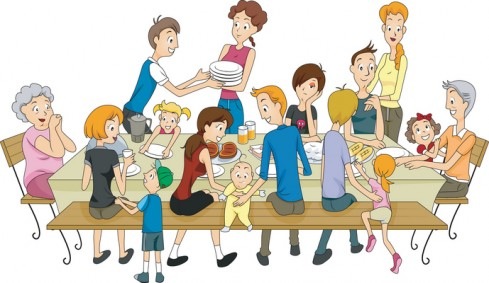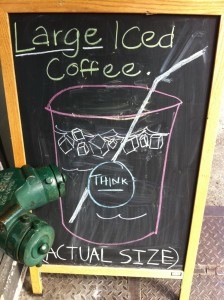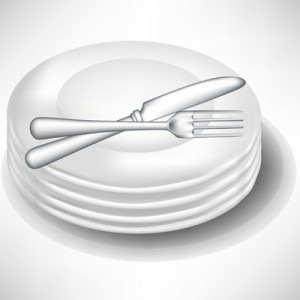 Some people like their ice cream without any embellishment, and for others, the more the better. Sometimes there’s nothing better than an ice cream sundae or a waffle cone with a bunch of toppings.
Some people like their ice cream without any embellishment, and for others, the more the better. Sometimes there’s nothing better than an ice cream sundae or a waffle cone with a bunch of toppings.
Ice cream can be topped with just about anything can be made with just about anything and I freely admit that for me, the best part is choosing what goes on top of ice cream, not the ice cream itself.
So Many Choices
You can put just about anything on ice cream — and most likely — someone, somewhere in the world has chosen some pretty random and unique toppings to put on their plain old vanilla or some esoteric flavor that they love.
Toppings Can Add A Mountain Of Calories
The problem is, of course, that the standard fare: toppings like hot fudge, whipped cream, peanuts, walnuts in syrup, crushed heath bar, caramel sauce – can all add hundreds of calories and not much nutrition to your sundae or cone. It is likely that nutrition is not your first thought when visions of ice cream dance in your head, but calories (and perhaps nutrition) might be.
Here’s the nutrition in some common ice cream toppings:
- Smucker’s Spoonable Hot Fudge Topping: 2tbsp, 140 calories, 4g fat, 24g carbs, 2g protein
- Smucker’s Spoonable Ice Cream Topping Pecans in Syrup Topping: 1tbsp, 170 calories, 10g fat, 20g carbs, 1g protein
- Regular Redi Whip: 2tbsp, 20 calories, 2g fat, 1g carbs
- Cool Whip, extra creamy: 2tbsp, 32 calories
- Regular M&M’s: 10 pieces,103 calories, 5.2g fat, 12.1g carbs, 1.9g protein
- Peanut M&M’s: about 16 pieces, 200 calories, 10.15g fat, 23.48g carbs, 3.72g protein
- Peanuts (1oz): 160 calories, 14g fat, 5g carbs, 7g protein
Some Stand-bys That Are Lower In Calories
- Rainbow Sprinkles (Mr. Sprinkles): 1 tsp, 20 calories, 0.5g fat, 3g carbs, 0g protein
- Chocolate Sprinkles (jimmies): 1 tbsp, 35 calories, 0g fat, 6g carbs, 0g protein
- Smucker’s Spoonable Ice Cream Topping, Light Hot Fudge, Fat Free: 2 tbs, 90 calories, 23g carbs, 2g protein
- 10 mini marshmallows: 22 calories, 0 fat, 5.7g carbs, .1g protein
- 18 gummi bears: 140 calories, 0 fat, 43.5g carbs, 0 protein
Think Outside The Box For Lower Calorie Choices
If the world is your oyster in terms of toppings, why not think about fruit, cereal, or a crushed up 100 calorie pack of anything?
Here are some other suggestions:
- Smucker’s Spoonable Pineapple Topping: 2 tbsp, 100 calories, 0g fat
- Regular Redi Whip: 2 tbsp, 20 calories, 2g fat, 1g carbs
- Fat Free Redi Whip: 2 tbsp, 5 calories, 0g fat, 1g carbs
- Cool whip, light: 2 tbsp, 16 calories
- Cool Whip, fat-free: 2 tbsp, 15 calories, 43.5g carbs, 0 protein
- 1 mini box of raisins (.5 oz): 42 calories, 0.1g fat, 11.1g carbs, 0.4g protein
- One medium banana: 105 calories, 0 fat, 27g carbs, 1g protein
- One cup strawberry halves: 49 calories, 0.5g fat, 11.7g carbs, 1g protein
- Sugar-free Jello pudding: 60 calories
- One cup Froot Loops: 118 calories, 0.6g fat, 26.7g carbs, 1.4g protein
- One cup blueberries: 83 calories, 0.5g fat, 21g carbs, 1.1g protein
- Crushed pretzel sticks, 1 oz: 110 calories, 1g fat, 23g carbs, 3g protein



